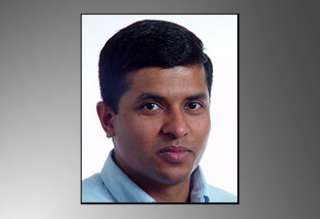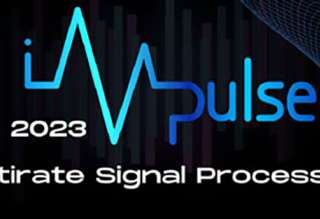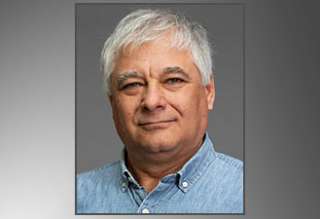SPS Feed
Top Reasons to Join SPS Today!
1. IEEE Signal Processing Magazine
2. Signal Processing Digital Library*
3. Inside Signal Processing Newsletter
4. SPS Resource Center
5. Career advancement & recognition
6. Discounts on conferences and publications
7. Professional networking
8. Communities for students, young professionals, and women
9. Volunteer opportunities
10. Coming soon! PDH/CEU credits
Click here to learn more.
The Latest News, Articles, and Events in Signal Processing
Date: 31 March 2023
Time: 1:00 PM ET (New York Time)
Speaker(s): Dr. Dean Salisbury
The mobile and flexible unmanned aerial vehicle (UAV) with mobile edge computing (MEC) can effectively relieve the computing pressure of the massive data traffic in 5G Internet of Things. In this paper, we propose a novel online edge learning offloading (OELO) scheme for UAV-assisted MEC secure communications, which can improve the secure computation performance. Moreover, the problem of information security is further considered since the offloading information of terminal users (TUs) may be eavesdropped due to the light-of-sight characteristic of UAV transmission.
The explosive growth of dynamic and heterogeneous data traffic brings great challenges for 5G and beyond mobile networks. To enhance the network capacity and reliability, we propose a learning-based dynamic time-frequency division duplexing (D-TFDD) scheme that adaptively allocates the uplink and downlink time-frequency resources of base stations (BSs) to meet the asymmetric and heterogeneous traffic demands while alleviating the inter-cell interference.
To process and transfer large amounts of data in emerging wireless services, it has become increasingly appealing to exploit distributed data communication and learning. Specifically, edge learning (EL) enables local model training on geographically disperse edge nodes and minimizes the need for frequent data exchange.
The papers in this special section focus on distributed signal processing for edge learning (EL). EL is a new and promising technology for implementing artificial intelligence (AI) algorithms at edge devices over wireless networks.
Date: 27-29 September 2023
Location: Poitiers, France
Date: 29 March 2023
Time: 3:00 PM ET (New York Time)
Speaker(s): Dr. Gerald Matz
Date: 16 June 2023
Time: 9:00 AM ET (New York Time)
Speaker(s): Dr. You Li
Date: 9 March 2023
Chapter: Hyderabad
Chapter Chair: Lalitha Vadlamani
Title: Wearable Sensor Signal Processing and Data Analytics for Health Applications
Date: 7 April 2023
Time: 9:30 AM ET (New York Time)
Speaker(s): Dr. Chao Zuo
Date: 29 October-1 November 2023
Location: Pacific Grove, CA, USA
Date: 14 March 2023
Chapter: Uttar Pradesh
Chapter Chair: Satish Kumar Singh
Title: Wearable Sensor Signal Processing and Data Analytics for Health Applications
Date: 25-28 September 2023
Location: Shanghai, China

The Signal Processing Division and the Collaborative Research Centre Hearing Acoustics at the University of Oldenburg in Germany are seeking to fill the position of a
Research Scientist (PhD Student) - “Unsupervised/semi-supervised learning algorithms for speech enhancement and source localization”
This blog describes 4 computer vision algorithms for better human analysis, that understand human hand, gesture, pose, and action from various input modalities.
Date: 14 March 2023
Time: 3:00 PM CET (Local time)
Presenter(s): Prof. Alejandro Frangi
Date: 29 March 2023
Chapter: North Jersey
Chapter Chair: Alfredo Tan
Title: Single Channel Speech Enhancement: from Wiener Filtering to Neural Networks
Pages
SPS Social Media
- IEEE SPS Facebook Page https://www.facebook.com/ieeeSPS
- IEEE SPS X Page https://x.com/IEEEsps
- IEEE SPS Instagram Page https://www.instagram.com/ieeesps/?hl=en
- IEEE SPS LinkedIn Page https://www.linkedin.com/company/ieeesps/
- IEEE SPS YouTube Channel https://www.youtube.com/ieeeSPS



















